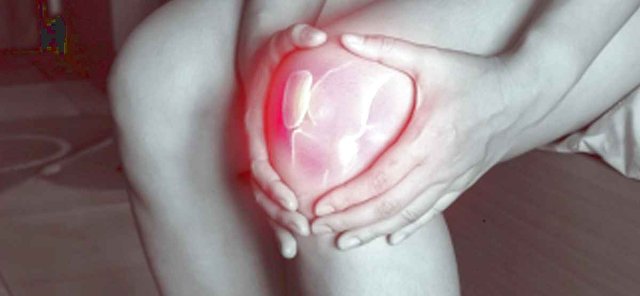Partial Knee Replacement: Know the Benefits

Partial Knee Replacement (PKR) is a surgical procedure aimed at relieving arthritis pain and restoring function in severely diseased knee joints. Unlike total knee replacement, PKR involves replacing only the damaged part of the knee, preserving as much of the original knee as possible. This approach has significant benefits, making it a preferable option for suitable candidates. Before the surgery, patients receive anesthesia to block pain. There are two main types of anesthesia: general, which puts the patient to sleep, and spinal or epidural, which numbs the lower body but keeps the patient awake.
Partial Knee Replacement vs. Total Knee Replacement
The key difference between partial and total knee replacement is the extent of the surgery. Total Knee Replacement (TKR) involves replacing the entire knee joint with an artificial implant. In contrast, PKR targets only the affected compartment of the knee. This less invasive approach can result in a quicker recovery, less pain, and more natural knee function post-surgery.
Who is a Candidate for Partial Knee Replacement?
Ideal candidates for PKR are individuals with osteoarthritis confined to a single compartment of the knee. Patients should have stable ligaments, a relatively normal knee alignment, and limited inflammation. This procedure is particularly beneficial for those who wish to maintain an active lifestyle post-surgery.
Some Other Factors to be Considered for This Kind of Surgery Are as Follows:
- Age, weight, and overall health
- Severity and location of knee pain
- Previous knee surgeries or treatments
- Patient's expectations and willingness to comply with post-operative rehabilitation
What Are the Risks Involved with Partial Knee Replacement?
As with any surgical procedure, PKR comes with risks such as infection, blood clots, implant failure, and nerve damage. However, the incidence of these complications is relatively low, and the benefits often outweigh the risks for many patients.
Partial Knee Replacement Surgery Recovery:
Recovery from PKR generally involves less pain and a faster return to normal activities compared to TKR. Patients can often start walking with assistance the day after surgery and may return to light activities within six weeks. However, a comprehensive rehabilitation program is crucial for optimal recovery.
What Does the Average Knee Replacement Surgery Cost?
The cost of knee replacement surgery can vary widely depending on geographic location, the type of surgery performed, and whether the procedure is done in an inpatient or outpatient setting. Insurance coverage also plays a significant role in determining out-of-pocket expenses. For specific cost information, including the services offered at orthopedic centers like Aakash Hospital Dwarka, patients should consult directly with the hospital.
Benefits of Robotic-Assisted Partial Knee Replacement
Robotic-assisted PKR is a cutting-edge development that offers precision and customization unmatched by traditional surgical methods. This technology allows surgeons to plan and execute the procedure with a level of accuracy that minimizes damage to surrounding tissues, potentially improving outcomes and speeding up recovery times.
Conclusion
Partial Knee Replacement offers a promising alternative to total knee replacement for patients with localized knee damage. With benefits including shorter recovery times, less pain, and the preservation of natural knee function, PKR is becoming a preferred choice for many. For individuals considering this procedure, Orthopedic in Aakash Hospital Dwarka offers experienced surgeons and state-of-the-art facilities to ensure the best possible outcomes. As with any medical procedure, consulting with a healthcare professional to understand the risks, benefits, and whether you are a suitable candidate is essential.